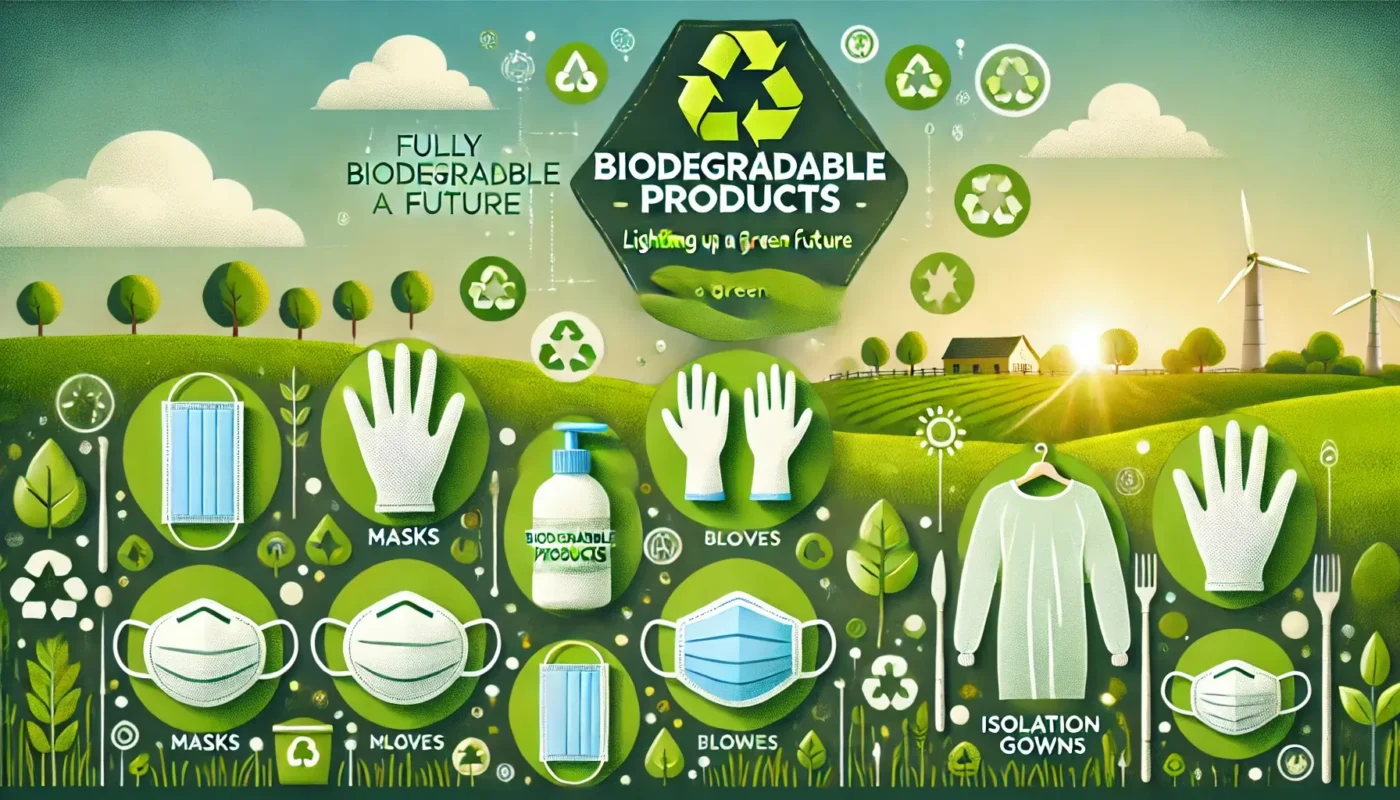Plastic pollution is not a regional crisis but a global “white nightmare.” In response to this challenge, many countries and regions worldwide have reached a consensus to gradually upgrade their plastic restriction actions, adopting various measures. These include banning single-use plastics, increasing the supply of biodegradable plastics and other green products, encouraging plastic recycling, and promoting packaging reforms. These efforts have yielded certain successes.
In China, several documents such as the “Opinions on Further Strengthening the Control of Plastic Pollution,” the “14th Five-Year Plan for Circular Economy Development,” and the “14th Five-Year Action Plan for Plastic Pollution Control” have been issued. These aim to eliminate plastic pollution, regulate the orderly development of degradable plastic products, and build a beautiful China.
By the end of 2025, China aims to establish a comprehensive management system for the production, circulation, consumption, and recycling of plastic products. The development and application level of alternative products are expected to improve further. According to forecasts, China will gradually form the world’s largest biodegradable plastics market.
Degradable Product Series
Degradable Masks
All components are made of biodegradable materials such as PLA, replacing PP materials. They are non-toxic, harmless, and have high filtration efficiency and low breathing resistance.
Degradable Gloves
Nitrile gloves have been given biodegradability, passing internationally recognized biodegradability tests. Their physical properties are comparable to traditional nitrile gloves. Under conditions like natural landfill or composting, they decompose into carbon dioxide, methane, and water through microbial metabolism.
Degradable Isolation Gowns
Made with completely biodegradable materials, PLA spunbond nonwoven fabric paired with PBAT breathable film, offering high barrier and high moisture permeability, ensuring safety and comfort.
Fully Biodegradable Material Performance
Biodegradable plastics degrade through the action of naturally occurring microorganisms in environments like soil, sand, composting conditions, anaerobic digestion, or aqueous cultures, eventually breaking down into carbon dioxide, methane, water, mineralized inorganic salts, and new biomass. Common biodegradable plastics include PBAT, PLA, and PBS. These can be seen as PE with ester bonds in their molecular chains, giving them biodegradability and PE characteristics. Promising biodegradable plastics need both biodegradability and PE characteristics. PBAT and PLA are the most market-accepted and widely used fully biodegradable plastics.
PLA and PBAT Comparison:
| Category | Fordele | Ulemper | Anvendelser |
|---|---|---|---|
| PLA | High transparency, high gloss, high rigidity, wide use, renewable source | High processing equipment requirements, poor heat resistance, high brittleness, easy hydrolysis | Packaging, tableware, automotive electronics, medical |
| PBAT | Excellent processing performance, higher tear strength and impact strength than PE | Poor stiffness, requires professional modification | Shopping bags, packaging bags, agricultural films, garbage bags |
Development of Degradable Fabrics
Currently, materials used for protective products like protective clothing and shoe covers lack effective environmental friendliness. Damao has successfully developed a composite degradable fabric based on PLA nonwoven fabric and microporous breathable PBAT film. The fabric’s performance meets domestic and international standards, with a hydrostatic pressure of over 400 cm H2O and a moisture permeability of over 1000 g/(m2*d). The 90-day compost degradation rate can reach 94%.
Materiale: Fully biodegradable plastics
Design: PLA nonwoven fabric + PBAT breathable film
Features: High barrier (hydrostatic pressure ≥ 400 cm H2O) High moisture permeability (moisture permeability ≥ 1000 g/(m2*d)) Safe and comfortable performance Fully biodegradable 90-day biodegradation rate ≥ 90%
Bionedbrydelige nitrilhandsker
Omkring Bionedbrydelige nitrilhandsker
Nitrile gloves are formed through high-temperature vulcanization. During vulcanization, the presence of vulcanization aids induces cross-linking between nitrile molecular chains, forming a highly stable cross-linked network structure. This cross-linked structure gives nitrile gloves excellent mechanical properties but also makes the disposal of used gloves difficult. Therefore, the development and production of biodegradable gloves are significant against this backdrop.
How Biodegradation is Achieved
Biodegradation of nitrile is primarily achieved by introducing biodegradable aids into the nitrile latex system. From a processing perspective, biodegradable aids need to have the following characteristics:
- Good dispersion in the latex system;
- Good heat resistance, able to withstand temperatures above 150℃;
- The introduction of degradable aids should not significantly affect the gloves’ performance.
How Used Gloves Degrade
Biodegradation is effective only in active soil. The mechanism involves burying used gloves in active soil where the biodegradable aids attract soil microorganisms. These microorganisms secrete enzymes that hydrolyze the molecular chains or cross-links, forming low-molecular-weight polymers. The microorganisms then absorb these low-molecular-weight substances and metabolize them into carbon dioxide and water, thus achieving the biodegradation of the gloves.

